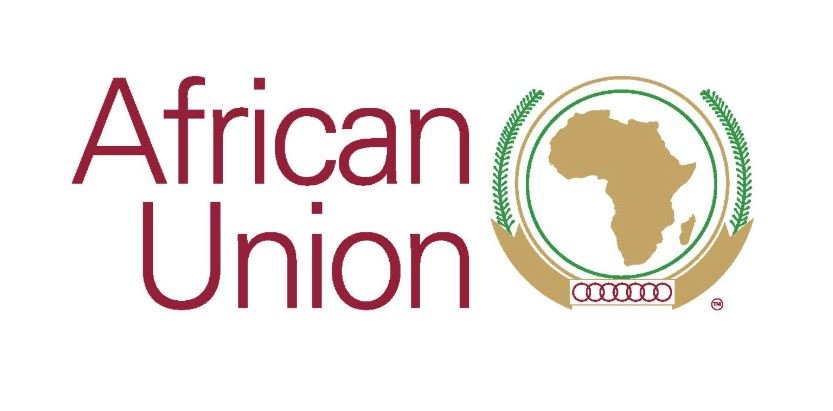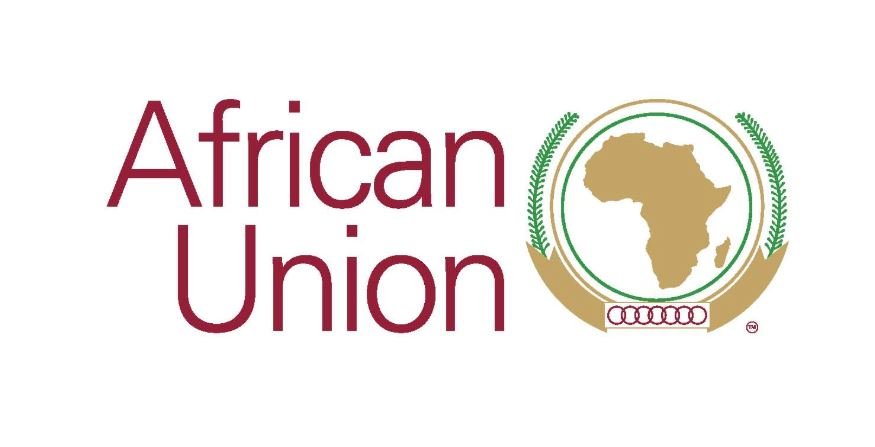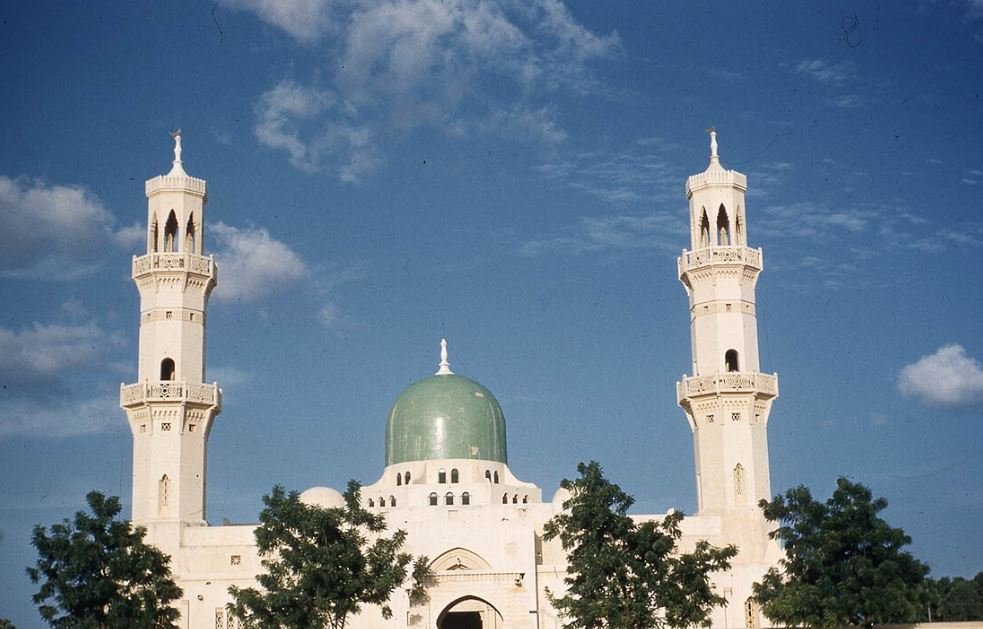
How Many Countries Are In The African Union?
The African Union (AU) is made up of 55 member states located on the continent of Africa. The AU was formed to replace the Organisation of African Unity (OAU).
Any country that was a member of the OAU could join the AU. However, the member states are divided into five regions, and the African Union is composed of fifty-two republics and three monarchies. Morocco is the newest member, having joined on January 31, 2017. The total population of the AU is over 1.25 billion.
READ ALSO: Complete List Of Chairpersons Of The AU Since 2002
What Is The Purpose Of The African Union?
The African Union (AU) is an organization that brings African countries together to work as one. It was founded on July 9, 2002, in Durban, South Africa, to replace the Organization of African Unity (OAU).
Its main goal is to create unity and cooperation among African nations and to help solve shared problems like poverty, conflict, and poor governance.
The AU also protects the independence and borders of its member countries, making sure that no outside force interferes in their affairs. Another important purpose of the AU is to bring African nations closer in terms of politics, economy, and culture.
It helps countries work together on trade, social issues, and development, so the entire continent can grow stronger. The AU also ensures that African nations have a united voice when discussing global matters.
By standing together, Africa can have more influence in international decisions. Keeping peace and security in Africa is one of the AU’s biggest responsibilities. The AU also supports democracy, encouraging fair elections and good leadership.
The AU dreams of a future where Africa is united, successful, and peaceful, with its people taking charge of their progress. It also wants Africa to be a key player in the world economy and global discussions.
A major step in this direction was the AU gaining a permanent seat at the G20 Summit, giving Africa a stronger voice in international policies.
READ ALSO: Complete List Of ECOWAS Presidents From 1975 Till Date
List Of All 55 African Union (AU) Member States
Here is the list of all 55 African Union (AU) member states, which include countries from central, east, north, southern, and west Africa:
Central Africa:
- Angola
- Cameroon
- Central African Republic
- Chad
- Republic of the Congo
- Democratic Republic of the Congo
- Equatorial Guinea
- Gabon
- São Tomé and Príncipe
East Africa:
- Burundi
- Comoros
- Djibouti
- Eritrea
- Ethiopia
- Kenya
- Madagascar
- Mauritius
- Rwanda
- Seychelles
- Somalia
- South Sudan
- Sudan
- Tanzania
- Uganda
North Africa:
- Algeria
- Egypt
- Libya
- Mauritania
- Morocco
- Sahrawi Arab Democratic Republic
- Tunisia
Southern Africa:
- Botswana
- Eswatini
- Lesotho
- Malawi
- Mozambique
- Namibia
- South Africa
- Zambia
- Zimbabwe
West Africa:
- Benin
- Burkina Faso
- Cape Verde
- Côte d’Ivoire
- Gambia
- Ghana
- Guinea
- Guinea-Bissau
- Liberia
- Mali
- Niger
- Nigeria
- Senegal
- Sierra Leone
- Togo
READ ALSO: List Of All Ministers Of Livestock Development In Nigeria
Who Is The 55th Member Of The African Union?
Morocco is the 55th and newest member of the AU, having officially rejoined the union on January 31, 2017. Morocco’s readmission to the AU came after a 33-year absence, as it had withdrawn from the OAU in 1984.
And, the reason for their initial withdrawal was the OAU’s acceptance of the Sahrawi Arab Democratic Republic (SADR) as a member state, a territory over which Morocco claims sovereignty.
6 Suspended Member Countries Of The African Union
Burkina Faso, Gabon, Guinea, Mali, Niger, and Sudan have all been suspended from the African Union (AU) due to military coups and unconstitutional changes in government.
These suspensions prevent them from participating in AU meetings or making decisions within the organization. Burkina Faso was suspended in January 2022 after its elected government was removed by soldiers during a mutiny.
Gabon was suspended on August 31, 2023, after the military took over and removed President Ali Bongo Ondimba from power. Guinea was suspended in September 2021 when the army overthrew its first democratically elected president.
Guinea had also been suspended from 2008 to 2010 for similar reasons. Mali was first suspended on August 19, 2020, after a military coup but was briefly allowed back in October 2020.
However, after another coup happened within nine months, the AU suspended Mali again on June 1, 2021. Niger was suspended on August 22, 2023, after soldiers removed President Mohamed Bazoum in a coup in late July.
Sudan was suspended on October 27, 2021, after its military took power from a transitional government. Sudan had been suspended before in 2019 but was later reinstated when a new government was formed, which was later overthrown.
The AU has a strict policy of “zero tolerance” for illegal government changes, especially when military forces take control. Even though these countries are suspended, they are still considered AU members. The AU continues to encourage them to return to democratic rule and offers support to help them restore constitutional order.


